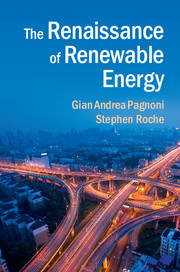7 - Energy from My Backyard
Published online by Cambridge University Press: 05 March 2015
Summary
The Insatiable Demand for Energy
Around the turn of the nineteenth century, the human population of this planet topped one billion for the first time. A century later, it had increased by roughly 600,000 people. Two centuries later (in October 2011), it already reached 7 billion. Clearly, something extraordinary has happened in the last hundred years. Despite two world wars and numerous smaller conflicts that cumulatively claimed 231 million lives during the twentieth century (Leitenberg 2006), population has grown exponentially. So too has human demand for the finite resources of the global ecosystem. In the last forty years, world population has doubled, the global economy has grown fifteen times, the number of cars sixteen times, and fertilizer use sixfold. This has resulted in shrinking forests and more land for food, vast mines defacing landscapes, and vastly increased water consumption (Biello 2011b).
Primary energy production provides a useful indicator of the impact of human population growth and economic development on the Earth’s resources. Energy production increased more than tenfold during the last century, and since the first oil crisis in 1973 it has doubled from 255 to more than 530 exajoules per year (IEA 2012a). Global electricity generation currently stands at roughly 190 exajoules per year (38 per cent of primary production). Most of this energy (62 per cent) is lost in conversion as heat.
- Type
- Chapter
- Information
- The Renaissance of Renewable Energy , pp. 232 - 272Publisher: Cambridge University PressPrint publication year: 2015



